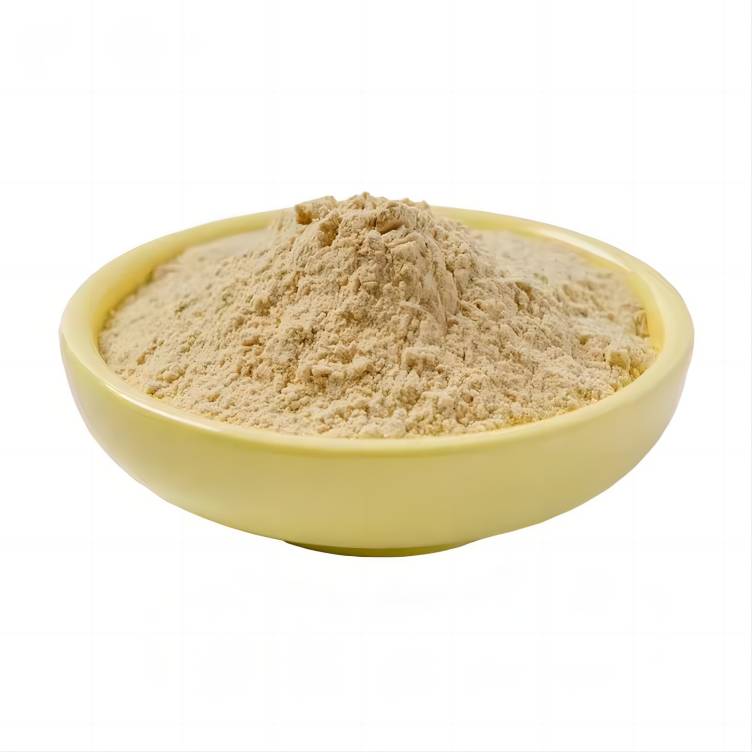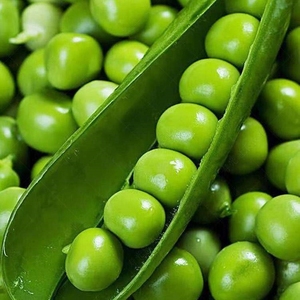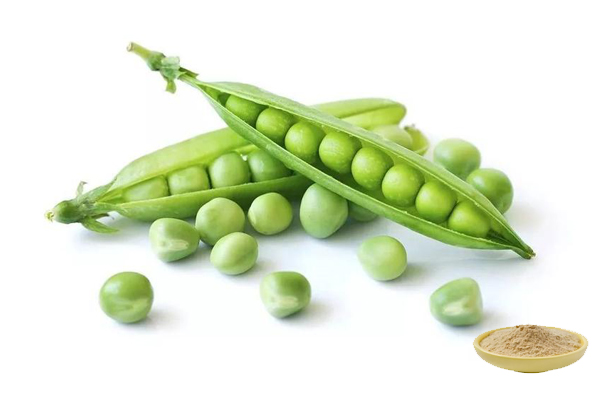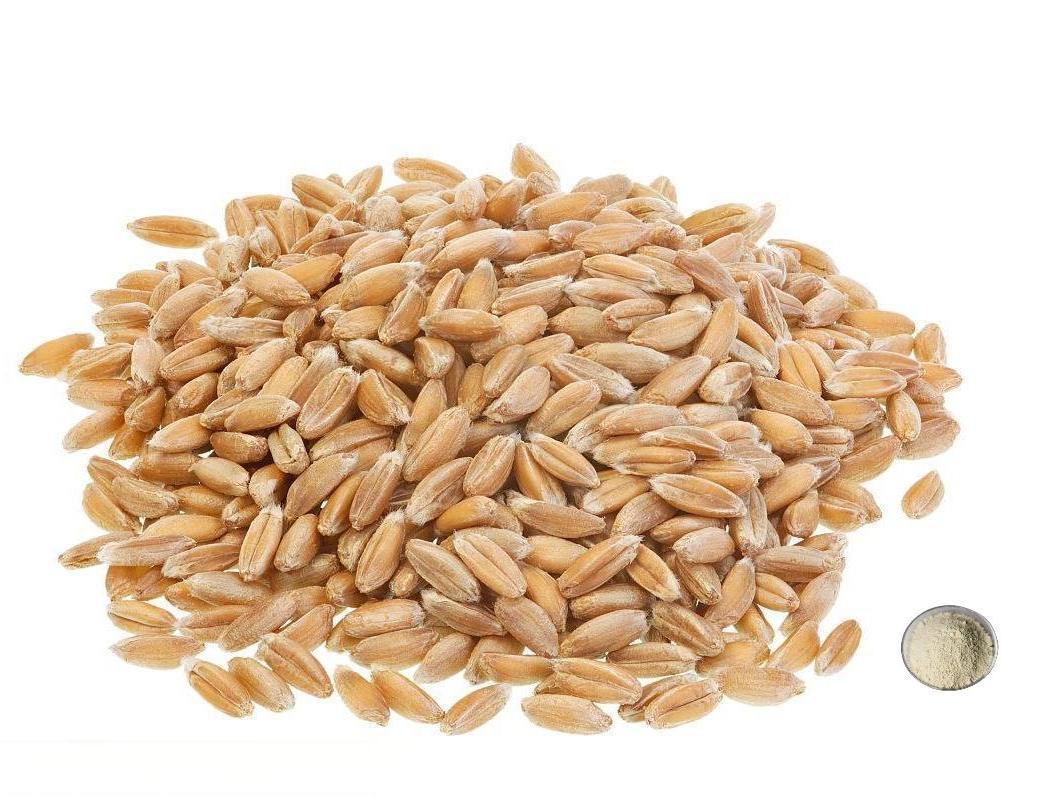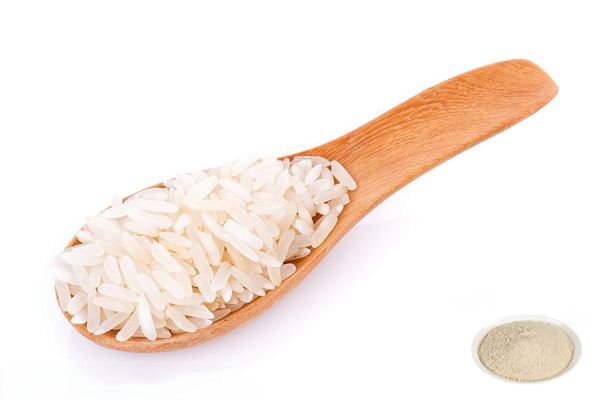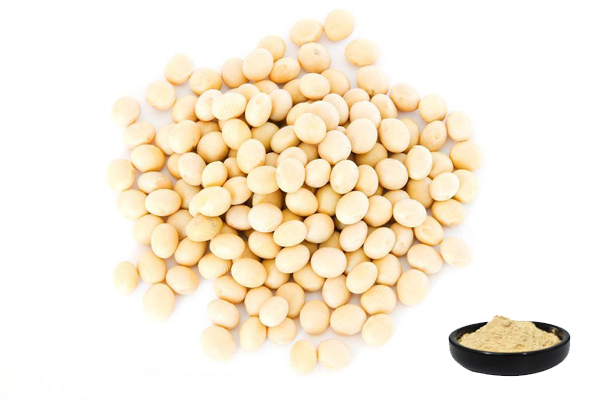80%エンドウのタンパク質は、粉末を分離します
出典豆
有効成分:エンドウ豆タンパク質分離
分析:80% 85% 90%
Testing Method: Kjeldahl決定
外観:淡黄色の微細な粉末
残留農薬:(ec) no 396/2005規格に準拠
- 記述
- データシート
- 証明書
-
エンドウ豆の蛋白質はどれらが粉末を分離しますか?
分離されたエンドウタンパク質は、エンドウ澱粉処理の副産物から得られるタンパク質粉末で、湿式噴霧乾燥および乾燥空気分離により得られます。栄養価が高く、必須アミノ酸比が人体に近い'のニーズ、そしてそれはリジンが特に豊富です。エンドウ豆の分離は、タンパク質粉末、肉の代替品、乳製品を含まない製品やタンパク質バーなど、さまざまな製品のタンパク質含有量を高めるために、食品やサプリメント業界で一般的に使用されています。
グリーンスプリング技術は、新技術を采用し、豆のタンパク質の不必要な成分を分離し、豆の味が少なく、アレルゲン性が低く、原料価格が高く、sod酵素が豊富で、抗酸化作用があり、アミノ酸のバランスが取れている。
green spring technology社は、中国の大手バイオテクノロジー企業で、顧客に天然、安全、有機植物エキスを提供することに取り組んでいます。当社の製品は、ec396、2023/915などの最高の国際規格および最高の溶媒残基規格を満たしています。緑の春は、専門の科学研究チーム、生産管理チーム、生産チームと販売チームを持って、顧客に専門的な品質の技術サービスを提供することを約束しています。グリーンスプリングはhalal、kosher、cosmos、brc、ifs、fda、isoなど多くの認証を取得しています。私たちは、信頼できるサードパーティのテストレポートを提供することができます。
规格:
商品名
エンドウ豆タンパク質単離粉
ラテン語名
Pisum sativum Lを有する。
ソース
豆シード
有効成分
隔離エンドウたんぱく
仕様
80% 85% 90%
Testing Method
Kjeldahl決定
外観
薄黄色の微粉
残留農薬
(ec) no 396/2005規格に準拠しています
法が定め
euの規制に準拠しています。
見積もりをお探しですか?Benefits:
Cholesterol and Lactose-Free
Animal proteins contain cholesterol, and excessive intake of cholesterol can lead to high blood lipids, which can cause cardiovascular diseases. Peas and other plant ingredients are cholesterol and fat-free, making them ideal for people with three highs. Pea protein is lactose-free, making it very friendly to lactose-intolerant people.
Low Levels of Anti-Nutritional Factors
Antinutritional factors may reduce the digestibility of proteins and other essential nutrients by binding strongly to them. Common antinutritional factors include alpha-galactose (bloat-prone sugars), phytic acid (chelator of important minerals), protease inhibitors (inhibit the breakdown of proteins), and lectins (sugar-binding proteins or glycoproteins of non-immune origin that tend to agglutinate cells or precipitate sugar complexes). The special production process of pea protein supplied by Greenspring Technology greatly reduces the content of anti-nutritional factors and ensures that pea protein is healthy and nutritious.
Rich in Nutrients
Pea protein is rich in nutrients such as high quality protein, fiber and B vitamins. It is an excellent source of protein and is particularly suitable for vegetarians and vegans. The protein contained in pea protein is easier to digest and absorb than other plant proteins, as well as helping to increase muscle mass and improve metabolic rate.
Non-GMO
Compared to soya protein, pea protein is less genetically modified and there are no genetically modified peas available. Most importantly, the process of producing pea protein is environmentally friendly, requiring 70 times less energy to produce 1g of pea protein compared to 1g of animal protein, and producing 1g of pea protein has 500 times less impact on greenhouse gas emissions than producing 1g of animal protein.
Helps Control Blood Sugar Levels
Pea protein is rich in fibre, which helps to slow down the absorption of food in the digestive system, thus helping to control blood sugar levels. Pea protein also contains an ingredient called pea globulin, which slows down the absorption of carbohydrates in the intestines, thus further reducing blood sugar levels.
Prolongs Satiety
Pea protein prolongs satiety, and retains dietary fiber better, absorbing more muscle-synthesising nutrients while satiating the stomach. A study comparing pea protein to dairy protein showed that pea protein aggregates briefly in the stomach and has an intestinal bioavailability between whey protein and casein. Meals containing pea protein and dairy protein were equally effective in triggering gastrointestinal satiety signals.
Hypoallergenic
Pea protein is a hypoallergenic food, like its warm taste, has a mild gastrointestinal reaction. Having lactose intolerance or allergies to wheat gluten and soybeans, the gastrointestinal tolerance to pea protein is higher than other types of protein powder, which does not cause bloating. It can also be consumed by people with gastrointestinal sensitivity.
Applications:
In the Food Field:
Due to its good functional properties, such as solubility, water absorption, emulsification, foaming, and gel formation, pea protein can be used as a food ingredient in meat processing, plant-based dairy products, plant-based ice creams, recreational food products, etc., to improve the quality and nutritional structure of the products.
Pea protein can be used to fortify beverages with nutrients in plant-based beverages and plant-based milks such as protein shakes, sports drinks and protein juice blends. This can meet the needs of different consumers for nutrients in beverages. Sports nutrition products represented by pea protein are rich in three essential branched-chain amino acids, namely leucine, isoleucine, and valine, which can promote muscle growth. At the same time, pea protein has a higher digestibility and a more balanced amino acid composition, making it an exceptional nutrient.
-
ダウンロード
80%エンドウ豆のタンパク質は、粉末coaを分離します


 英語
英語 フランス
フランス スペイン
スペイン ロシア
ロシア 韓国
韓国 日本
日本



